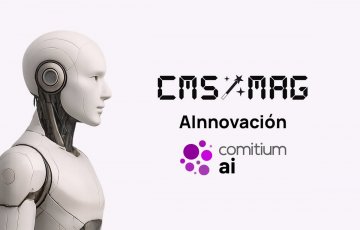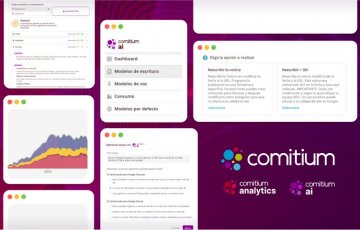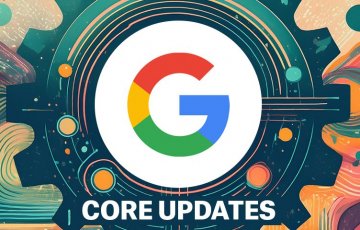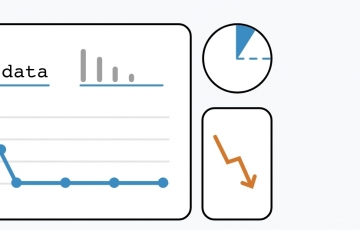CDN - Content Delivery Network for Publishing Media
Benefits of including a CDN in your digital newspaper
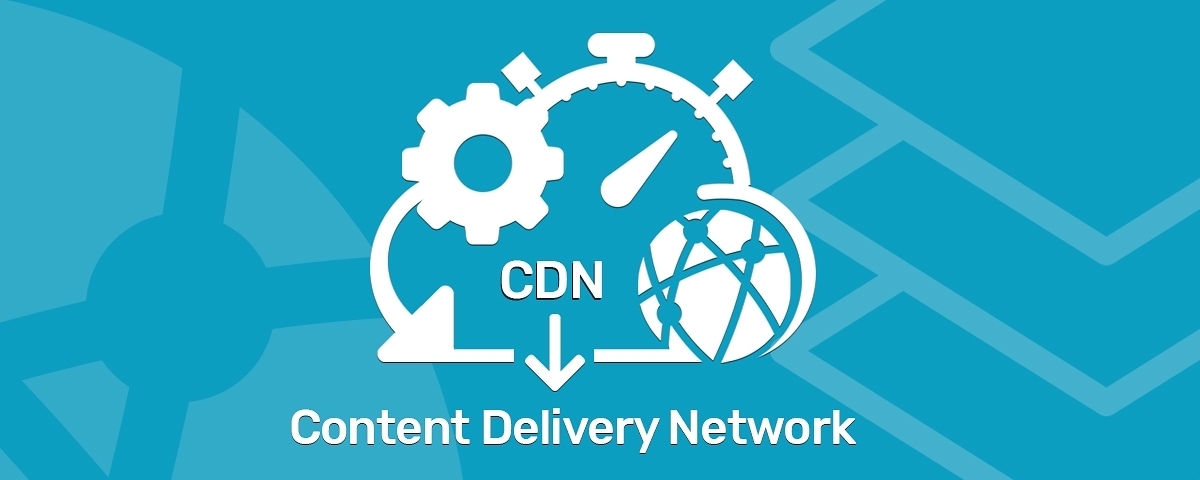
Hello! What's going on?
Now that BAB is resuming the publication of content on our blog, it would be good that to face the new season of your editorial project, you know certain technologies such as CDN or Content Delivery Network and how they can help improve the performance of your content and its organic positioning in search engines. In short, how to improve SEO thanks to the speed with which search engines index them, reducing the consumption of resources of your servers and increasing the ability to deliver content to a much larger audience.
Nowadays and until the hyper speed of 5G technology arrives, the best thing that a digital media like yours can do to build user loyalty, reduce rejection rates, improve the number of page views, increase the duration of the visit and therefore, increase revenue from programmatic advertising, is to offer a good user experience, with a fast and efficient delivery speed of your page. CDNs have been developed precisely to optimize the download of the contents of your digital newspaper, such as the front page, news, images, CSS style sheets, Javascript code, etc...
Google even has its own network of CDN servers to serve at maximum speed the contents of pages optimized for AMP or Accelerated Mobile Pages.
What is a CDN?
A CDN, or Content Distribution Network, is a technological infrastructure of multiple servers distributed around the world, which store a copy of the content (front page, news, images, videos...) to deliver it, as quickly as possible, to the users who request access to the content of your media. Easy and efficient.
How does CDN work?
If you include a CDN in your digital newspaper, this is the communication flow that takes place:
When users open the browser and request a resource from your digital media (e.g. a news item), the CDN receives the request and consults if it already has this news item stored in its systems.
If so, it is called HIT and it is delivered directly to the user minimizing up to 10 times the waiting time. If the CDN does not have this news stored in its systems, then it is called MISS and the CDN requests it from your servers. Once obtained, it is delivered to the user and the CDN stores a copy for future requests from other users.
CDNs do not understand whether it is a news item, a front page or a static section. For a CDN they are all identifiable resources by means of a URL and they treat them equally. It is the task of your technology partner (such as BAB) to give the CDN the right technical information, so that it acts as optimally as possible. For example, how long it will store the contents, if we want it to use the cache memory of the user's browser and for how long, if we want to delete a content that has been modified, etc...
What are the advantages of using a CDN?
1.- Speed
Deliver your digital newspaper content up to 10 times faster.
2.- Absorption of large volumes of traffic
CDNs can achieve the delivery of large volumes of simultaneous traffic, thus avoiding growing the technological infrastructure of your web servers and minimizing performance problems when your digital newspaper has audience peaks.
3.- Improved search engine positioning
If the content is downloaded faster, Google values it very positively. The speed of content delivery is an important metric that Google uses to rate a website.
The most important thing is to reduce the TTFB or Time To First Byte, i.e. the period of time between the content download request made by the browser and the download of the first piece or "byte" of information from a server. Therefore, the inclusion of a CDN with the appropriate configuration, will ensure a substantial improvement in the valuation that Google gives to your domain and assigns a score, which in turn translates into a time dedicated to index your new content and review the old ones, with a HIT of approximately 90%. If the time that Google dedicates to your digital media is optimized to the maximum, delivering the contents as quickly as possible, the benefit will be important because it will be able to do much more work in the same period of time.
4.- Geographical locations
Users and search engines perform queries from different geographical locations. The CDN is designed as a content distribution network, which contains connection nodes all over the world. These nodes are called POP servers and help to further minimize the waiting time by reducing the physical distance from the user's Internet connection to the nearest POP serving the content, again reducing the time and improving the user experience.
5.- Protection against server downtime
With the right configuration, the CDN will continue to deliver the contents of your digital newspaper, even if the servers are down and running abnormally, so that the loss of traffic will be minimal or practically non-existent.
6.- Security
CDNs have firewall systems that prevent multiple types of attacks (DOS, DDOS, XSS...), work with HTTP or HTTPS, control the limit of requests from an IP (IP Rate Limit), hide the IP of the origin servers, which prevents them from being directly attacked.
How does a CDN affect your advertising revenue?
The download speed of your content, coupled with a fast indexing by Google, are key factors to improve the organic positioning and usability of your audience.
If users find the news of your digital newspaper earlier, you increase their loyalty, and if you also increase the time of permanence with an attractive content and a good recirculation, you also improve your qualitative metrics.
All added together, it will increase the number of page views, thus improving the number of ad impressions, possible conversions and consequently improving your revenue.
Download speed and quality of the contents means loyalty and therefore satisfied users who click.... ;)))
How to implement a CDN system in your publishing project?
As you know in BAB we have been developing and making constant improvements in Comitium CMS for many years, which is specialized in digital newspapers and has two levels of cache memory and integrates several CDN systems to support many processes and simultaneous requests without overloading the system.
Por otro lado, te queremos informar en primicia que BAB ha llegado a un acuerdo de asociación tecnológica con TransparentCDN y hemos integrado Comitium CMS con su CDN y los resultados son excelentes. Concretamente, TransparentCDN es un proveedor orientado a medios de comunicación y este hecho nos aporta un valor diferencial respeto de otros CDN. Algunas de las virtudes distintivas de este CDN respecto de otros servicios similares son:
- Static and dynamic content storage in the CDN
- Ability to send content to the CDN for initialization and delivery from the first moment from the CDN
- Real-time cropping and resizing of images for delivery to computer, tablet and cell phones
- Paywalls for the closure of paid content
- Two-level cache memory
- ... and much more, which is currently under development and will be explained in future posts.
If you would like us to explain what new features Comitium can offer you together with TransparentCDN and the improvement it can represent for your publishing project, do not hesitate to contact us and we will find a solution tailored to your needs.
If you liked the content, you can share this post on social networks and 1 like will also encourage us to continue... it's free and you know that the best things in life always are.... ?
If you want to suggest a topic that adds value to the day to day of your editorial project you can do it here and if you want to subscribe to our newsletter, just leave a name and an email in the field below, and you will receive the news of our blog before anyone else.
We'll keep talking about what we like the most. Will you be there?
See you soon!
And finally, did you know...
In the next post we will talk about the importance of using Tags and Categories in your editorial content to improve SEO. How they help to group and classify information in order to grow web traffic and increase CTR (Click Through Rate). We will talk about it all...
